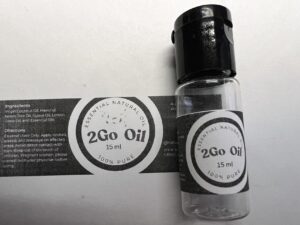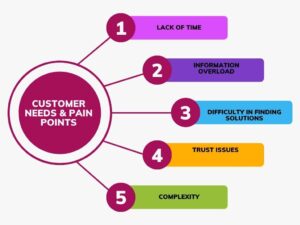In the digital age, content is king. Whether you’re a business owner, a blogger, or an aspiring influencer, creating compelling online content is essential for engaging your audience and achieving your goals. This guide will walk you through the basics of online content creation, from understanding your audience to optimizing your content for search engines.
Understanding Your Audience
Before you start creating content, it’s crucial to understand who your audience is. Ask yourself the following questions:
- Who are they? Consider demographics such as age, gender, location, and interests.
- What are their needs and pain points? Identify the problems they are trying to solve or the questions they need answers to.
- Where do they consume content? Determine which platforms they use the most, such as social media, blogs, or video sites.
By understanding your audience, you can tailor your content to meet their specific needs and preferences.
Choosing the Right Content Format
There are various content formats you can choose from, each with its own strengths and weaknesses. Here are some of the most popular formats:
- Blog Posts: Great for detailed, informative content. Ideal for SEO and driving traffic to your website.
- Videos: Highly engaging and perfect for demonstrating products or explaining complex concepts.
- Infographics: Visual content that can easily convey data and statistics.
- Podcasts: Excellent for building a loyal audience who prefers to consume content on the go.
- Social Media Posts: Short, engaging content designed to capture attention quickly and drive engagement.
Crafting Compelling Content
Once you’ve identified your audience and chosen your format, it’s time to start creating. Here are some tips for crafting compelling content:
- Create a strong headline: Your headline is the first thing people will see, so make it catchy and relevant.
- Write for your audience: Use a tone and language that resonates with your audience. Keep it simple and avoid jargon.
- Provide value: Ensure your content is informative, entertaining, or helpful. Your goal is to solve a problem or answer a question.
- Use visuals: Incorporate images, videos, or infographics to make your content more engaging and easier to digest.
- Include a call to action (CTA): Encourage your audience to take a specific action, whether it’s subscribing to your newsletter, sharing your content, or purchasing a product.
SEO Best Practices
Search engine optimization (SEO) is crucial for getting your content discovered. Here are some SEO best practices to follow:
- Keyword research: Identify relevant keywords that your audience is searching for and incorporate them naturally into your content.
- Optimize your meta tags: Ensure your title tag and meta description are compelling and include your primary keyword.
- Use headers: Organize your content with headers (H1, H2, H3) to make it more readable and help search engines understand the structure.
- Add internal and external links: Link to other relevant pages on your site and reputable external sources to provide additional value and improve SEO.
- Optimize images: Use descriptive file names and alt tags for your images to help search engines understand their content.
Promoting Your Content
Creating great content is just the first step. To reach a wider audience, you need to promote it effectively:
- Social media: Share your content on platforms where your audience is most active. Use engaging captions and relevant hashtags.
- Email marketing: Send your content to your email subscribers to keep them engaged and drive traffic to your site.
- Collaborations: Partner with influencers or other content creators in your niche to reach new audiences.
- Paid advertising: Consider using paid ads on social media or search engines to boost your content’s visibility.
Measuring Success
Finally, it’s important to track the performance of your content to understand what works and what doesn’t. Use tools like Google Analytics to monitor metrics such as:
- Traffic: The number of visitors to your content.
- Engagement: Likes, shares, comments, and other forms of interaction.
- Conversions: Actions taken by your audience, such as subscribing or making a purchase.
- Bounce rate: The percentage of visitors who leave your site after viewing only one page.
By analyzing these metrics, you can refine your content strategy and continue to improve over time.
Conclusion
Online content creation is a powerful tool for connecting with your audience and achieving your goals. By understanding your audience, choosing the right format, crafting compelling content, optimizing for SEO, promoting your content, and measuring success, you can build a strong online presence and drive meaningful engagement. Start creating today and watch your online influence grow!
Editor’s Note: I am new to content creation. As I use this guide to grow, I will be expanding each of the bulleted element and adding references.
Submit your email to receive a notification when this article is annotated and expanded.




